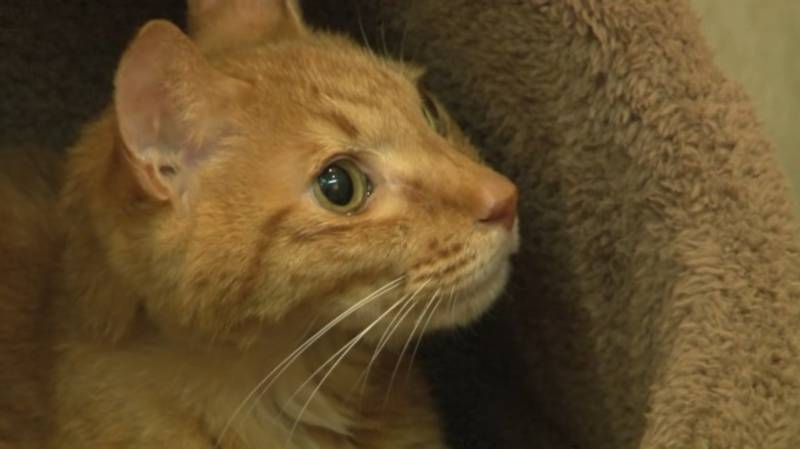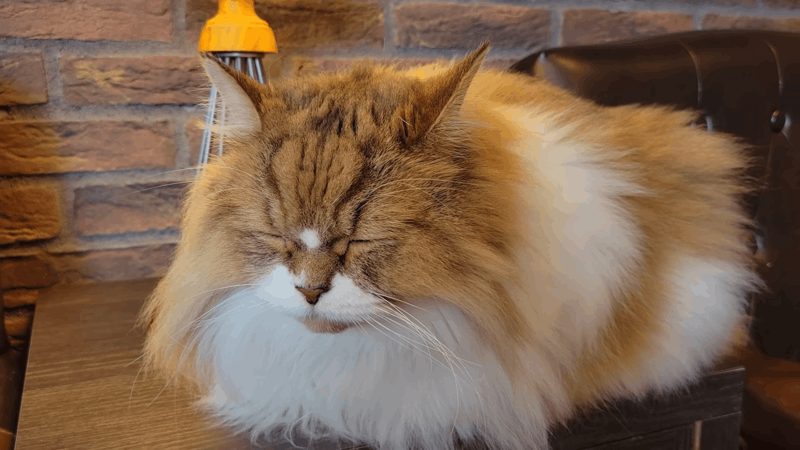No products in the cart.
Can cats see colors? For years, both animal lovers and pet owners have been captivated by this question. Knowing our feline friends’ worldviews can help us better comprehend their preferences and actions.
This blog post will delve into the complexities of feline eyesight, including the range of color perception in cats and the variables that affect it.
Can Cats See Colors?
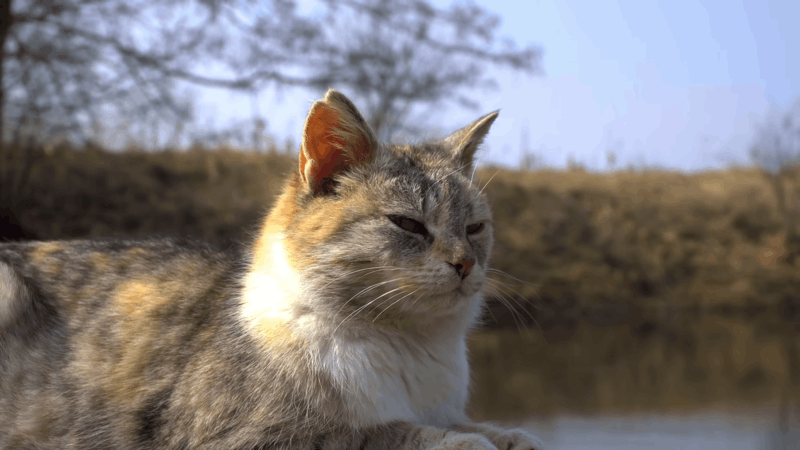
Cats possess a limited but functional color vision that serves their unique needs and abilities. Cats have two different types of color receptors, which is different from humans’ trichromatic vision. This enables them to perceive a spectrum of colors, albeit less diverse than humans’.
Cats primarily see colors in the blue and yellow range, with shades of gray or brown for colors like red and green. Their color vision is believed to be adapted to aid in hunting, motion detection, and navigating their environment.
Which Colors can Cats See?
Cats primarily see colors in the blue and yellow spectrum. They are more sensitive to blues and can differentiate various shades of blue, as well as colors that contain blue tones. Yellow is also distinguishable to cats, but they may have difficulty discerning it from other colors. Reds and greens likely appear as shades of gray or brown to them.
Factors Influencing Color Perception in Cats
A number of crucial components are involved in comprehending the variables affecting cats’ perception of color.
- Cone cell types: Cats possess two types of cone cells sensitive to blue and green light, limiting their ability to perceive colors in the red spectrum.
- Spectral sensitivity: Cats have peak sensitivity to light in the blue-green range, with reduced sensitivity to longer wavelengths like red, impacting their perception of certain colors.
- Color contrast: Cats rely more on contrast and brightness rather than color when distinguishing objects, crucial for hunting prey in low light conditions.
- Evolutionary adaptations: Cats’ color vision has evolved to meet the demands of their nocturnal and crepuscular hunting habits, prioritizing motion detection over color discrimination.
- Lighting conditions: Cats’ color perception can vary depending on lighting conditions, with their superior night vision enhancing their ability to see in low light but potentially reducing color perception.
- Genetic and individual variation: Genetic factors and individual variation among cats can influence their color perception, with certain breeds or individuals exhibiting differences in their ability to perceive colors.
Comprehending these variables offers valuable perspectives on cats’ perception of their surroundings and the evolution of their distinct visual system to accommodate their predatory way of life.
The Impact of Colors on Cats’ Behavior
The way that colors affect cats’ behavior reveals an intriguing interaction between our feline friends’ sensory perception and behavioral responses.
- Color preferences: Cats may have preferences for certain colors, influenced by genetics, environment, and individual experiences.
- Environmental enrichment: Introducing a variety of colors in a cat’s environment can enhance stimulation, prevent boredom, and reduce stress.
- Calming colors: Soft, muted colors like pastel blues and greens can promote relaxation and reduce anxiety in cats.
- Stress reduction: Using calming colors in multi-cat households or during stressful events can alleviate tension and promote harmony.
- Visual stimulation: Vibrant colors with high contrast can engage cats in play, encouraging exercise and mental stimulation.
- Color therapy: While scientifically unproven, some believe color therapy can benefit cats by reducing stress and promoting emotional balance.
- Individual responses: Cats may respond differently to colors based on their unique personalities and past experiences, emphasizing the need for observation and understanding.
We may design environments that support cats’ well-being and deepen the link between humans and their feline friends by understanding the influence of colors on cats’ behavior and utilizing this knowledge.
Implications of Cat Color Vision
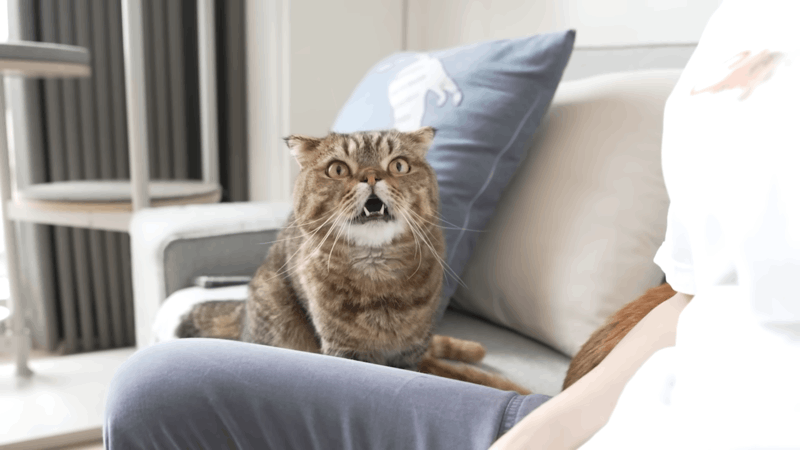
Cats’ distinct retinal structure and cone cell sensitivity, which affect color vision, have a variety of effects on their behavior and interactions with their surroundings. Comprehending these consequences can offer significant perspectives on feline conduct and assist proprietors in creating settings that are stimulating for their felines.
Behavioral Responses to Different Colors
Diverse colors may elicit diverse behavioral reactions in cats depending on personal preferences, historical encounters, and genetic predispositions. Anecdotal evidence suggests that cats may be attracted to particular colors, such blue and green, while displaying indifference or dislike to others, however study on feline color vision is still underway.
Mute or soothing colors can encourage relaxation and lower stress levels, while bright and contrasting colors may encourage fun activity. By monitoring their cat’s reaction to different colors, owners may modify their environment to suit their pet’s tastes and emotional needs.
Practical Considerations for Cat Owners
Practical considerations for cat owners encompass several aspects that we should consider:
- Environmental enrichment: Provide a variety of colorful toys, bedding, and enrichment activities to stimulate a cat’s senses and prevent boredom.
- Color selection: Consider incorporating calming colors in areas where cats rest or seek refuge, such as bedding and hiding spots, to promote relaxation and reduce stress.
- Color-coded resources: Use color-coded feeding stations and litter boxes to help reduce stress and promote harmony in multi-cat households.
- Health care products: Choose toys, grooming products, and environmental modifications based on a cat’s color vision to enhance their overall well-being and comfort.
Implementing these practical considerations can help cat owners create a stimulating and harmonious environment that supports their pet’s physical and emotional health.
Can Cats See Colors Like Humans?
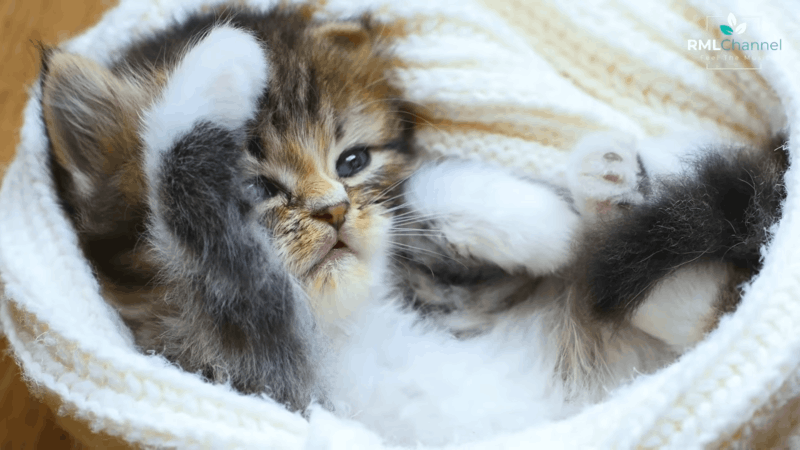
Color perception differs in cats and humans. They have a limited color vision compared to humans. They are able to discriminate between some hues, especially blues and greens, but they have trouble seeing colors in the red range. Overall, cats’ color vision is less vibrant and detailed than that of humans.
This table contrasts the color vision of cats and humans:
| Aspect | Humans | Cats |
| Number of Cone Cells | Three types: sensitive to red, green, and blue wavelengths | Two types: sensitive to blue and green wavelengths |
| Perception of Red | Can perceive a wide range of red hues | Have difficulty perceiving colors in the red spectrum |
| Color Discrimination | Excellent color discrimination across a broad spectrum | Limited color discrimination, particularly in the red spectrum |
| Color Vibrancy | See colors with vibrancy and richness | Colors appear less vibrant and detailed |
| Evolutionary Adaptation | Color vision evolved for discerning colorful environments and identifying ripe fruits, flowers, and other objects | Color vision evolved for detecting motion and contrast, important for hunting prey in varied light conditions |
Conclusion
The question “Can cats see colors?” reveals a complex aspect of feline biology and behavior. Creating happy, comfortable spaces for our furry friends and strengthening our bond with these interesting animals are two benefits of knowing about feline vision. Maintain your journey throughout the world via your cat’s eyes and treasure your special relationship.
Hello, I am Hazel Bennett, an experienced copywriter specializing in the fascinating topic of CBD for dogs. With a passion for pet wellness and extensive knowledge of CBD’s potential benefits, I am here to provide you with informative and engaging content.

